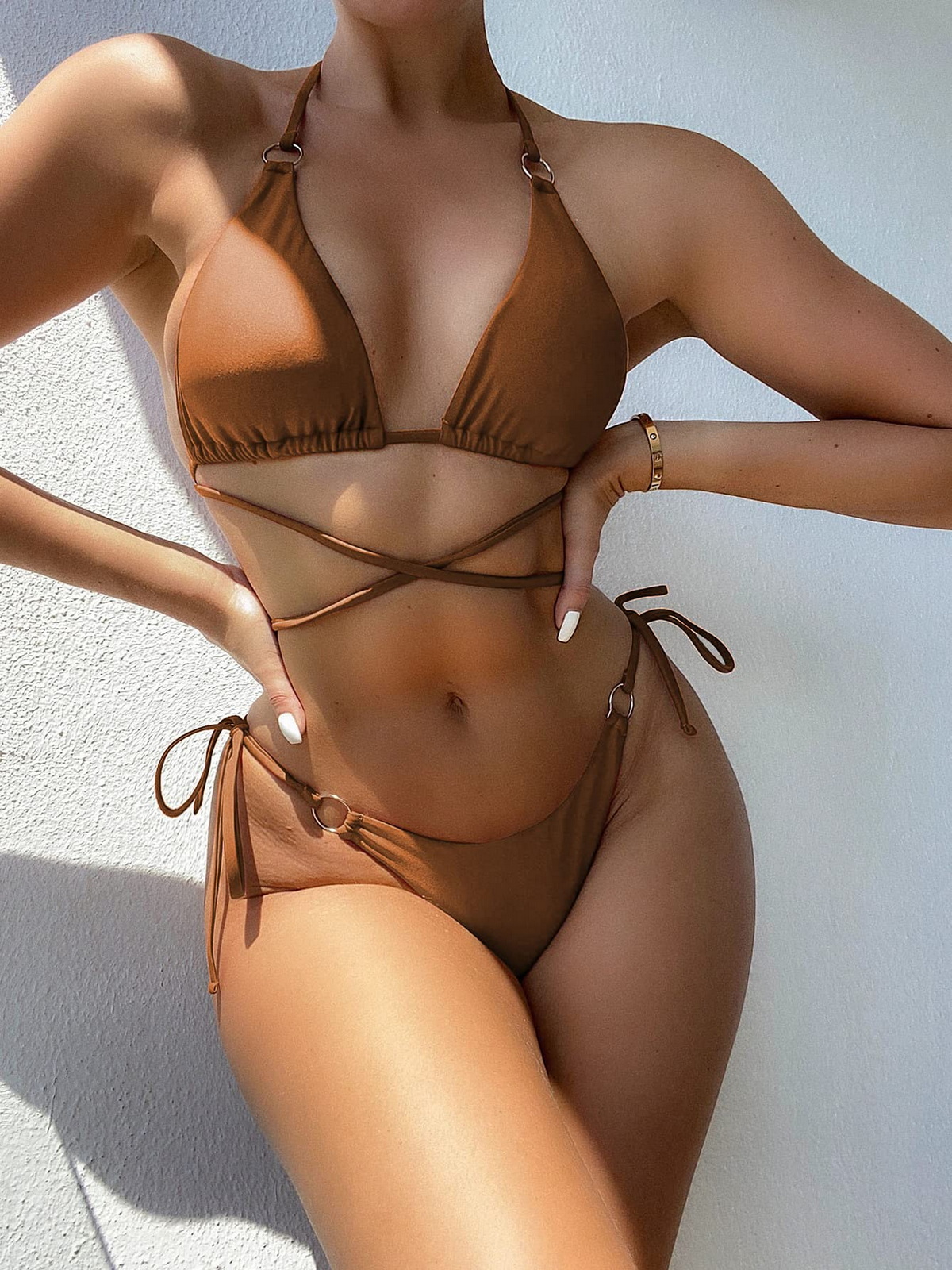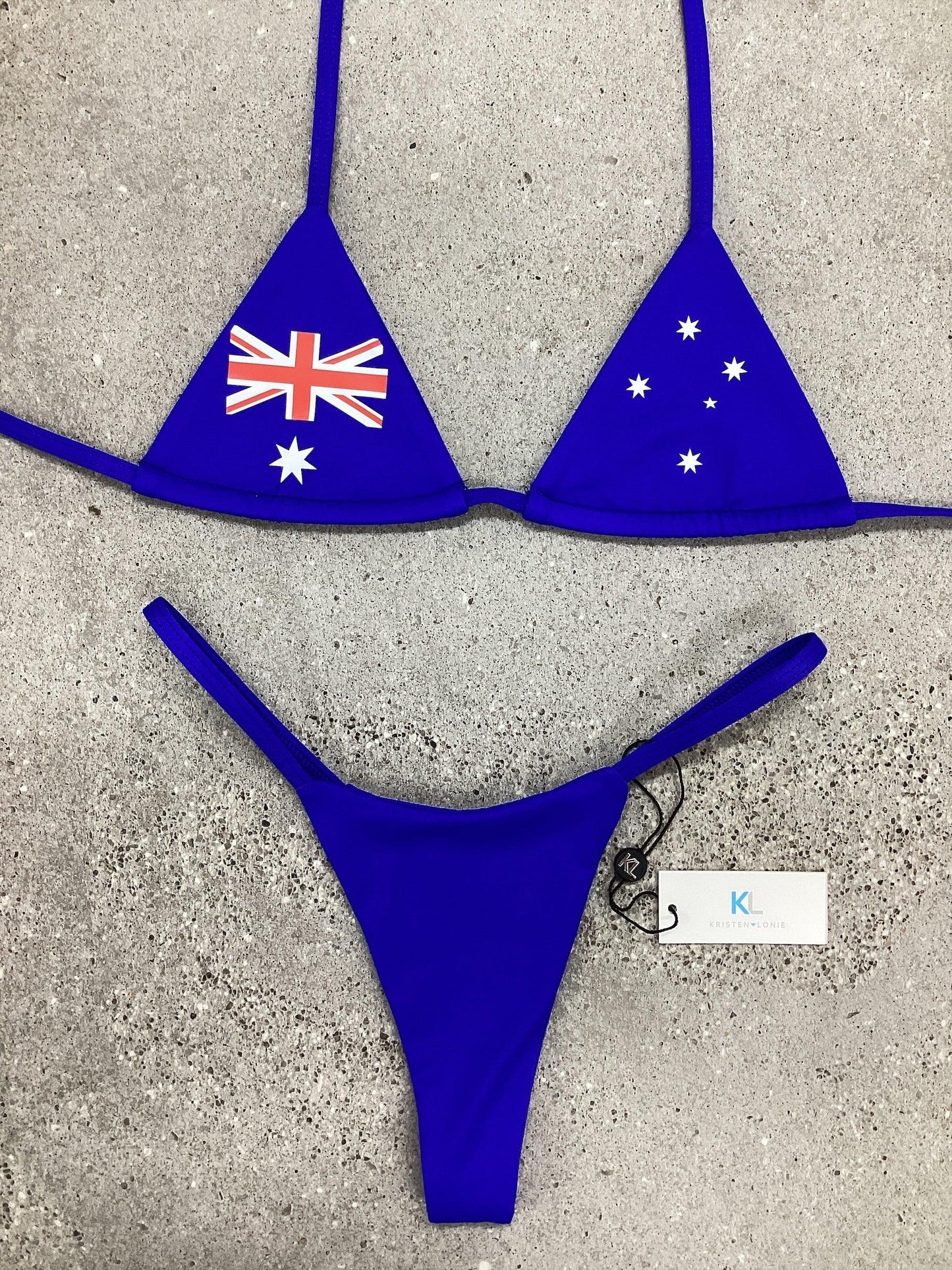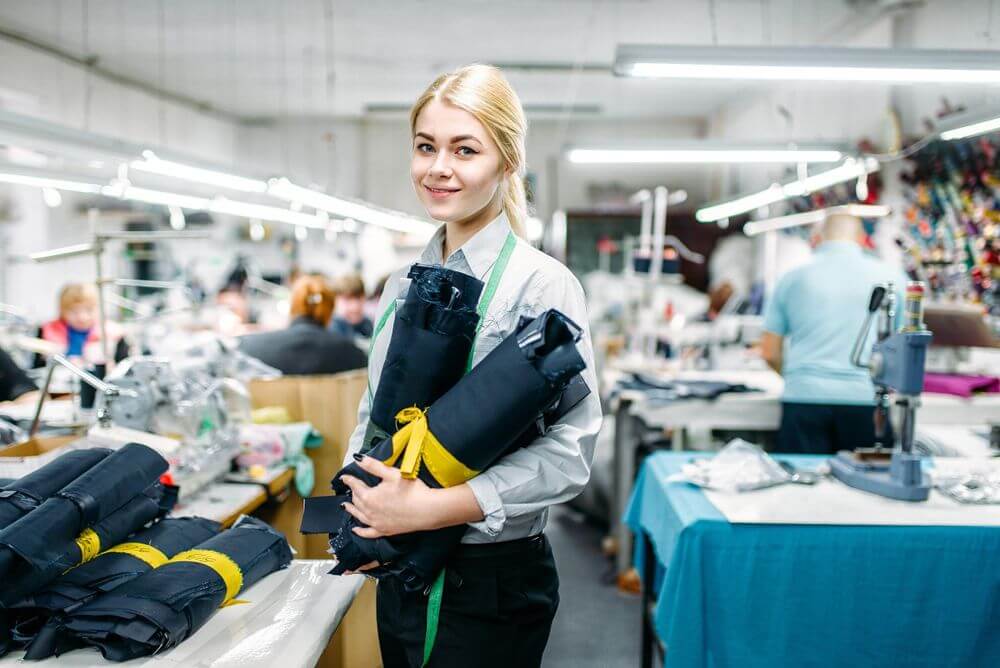Content Menu
● What is Brazilian Swimwear?
>> Popular Styles in Brazilian Swimwear
● What is Australian Swimwear?
>> Popular Styles in Australian Swimwear
● Key Differences Between Brazilian and Australian Swimwear
● The Role of Australian Swimwear Manufacturers
>> Notable Australian Swimwear Brands
● Cultural Significance
>> Brazilian Culture
>> Australian Lifestyle
● Trends Influencing Swimwear Design
>> Sustainable Fashion
>> Technological Innovations
>> Inclusivity in Sizing
● Conclusion
● Frequently Asked Questions
>> 1. What defines a Brazilian bikini?
>> 2. Are Australian swimsuits suitable for competitive swimming?
>> 3. What materials are commonly used in Brazilian swimwear?
>> 4. Can I find eco-friendly options in Australian swimwear?
>> 5. Which style is better for tanning: Brazilian or Australian swimsuits?
● Citations:
The world of swimwear is diverse and vibrant, with styles that reflect cultural influences, personal preferences, and fashion trends. Among the most popular swimwear styles are Brazilian and Australian swimwear, each offering unique characteristics that cater to different tastes and body types. This article explores the key differences between Brazilian and Australian swimwear, diving into their designs, cultural significance, and manufacturing practices. We will also highlight the role of Australian swimwear manufacturers in the global market.

What is Brazilian Swimwear?
Brazilian swimwear is renowned for its bold designs and minimal coverage. Originating from Brazil's beach culture, this style emphasizes body positivity and confidence. Here are some defining features:
- Cut and Coverage: Brazilian bikinis often feature a low-rise waistline with high-cut legs and minimal rear coverage, creating a cheeky look that accentuates curves. This design is perfect for sunbathing and achieving an even tan without noticeable tan lines.
- Vibrant Colors and Patterns: Reflecting Brazil's lively culture, these swimsuits often showcase bright colors, tropical motifs, and intricate patterns. They are designed to stand out on the beach, embodying a playful spirit.
- Fashion Trends: Brazilian swimwear is at the forefront of global fashion trends, frequently setting styles that influence international markets. Designers often experiment with innovative cuts and materials to create eye-catching pieces.
Popular Styles in Brazilian Swimwear
Brazilian swimwear encompasses a variety of styles beyond the traditional bikini:
- Monokinis: These one-piece swimsuits feature cut-out designs that provide a sexy yet sophisticated look. Monokinis are popular among those who want to flaunt their figure while maintaining a bit more coverage.
- Bandeau Tops: Often paired with Brazilian-cut bottoms, bandeau tops are perfect for avoiding tan lines on the shoulders. They come in various styles, including ruffled edges or strapless designs.
- High-Waisted Bikinis: This retro-inspired style offers more coverage while still embracing the Brazilian aesthetic. High-waisted bikinis are flattering for many body types and provide a chic look.

What is Australian Swimwear?
In contrast, Australian swimwear is characterized by its emphasis on quality, practicality, and a more conservative approach to coverage. Here are its main features:
- Coverage Options: While Australian swimwear includes bikinis, it often leans towards full-coverage styles. Many brands focus on providing support and comfort for various activities, from swimming to beach sports.
- Quality Materials: Australian swimwear manufacturers prioritize high-quality fabrics that are durable and resistant to chlorine and UV rays. This focus on performance ensures that the swimwear lasts longer while maintaining vibrant colors.
- Iconic Designs: Australian brands like Seafolly and Billabong are known for their stylish yet functional designs. They often incorporate trendy elements while ensuring that their products cater to a wide audience.
Popular Styles in Australian Swimwear
Australian swimwear also features a range of styles suited for different activities:
- Active Swimwear: Designed for those who love water sports or beach activities, this type of swimwear includes supportive tops and secure bottoms that stay in place during vigorous movement.
- One-Piece Swimsuits: These suits have made a significant comeback in recent years. Australian designers create one-pieces that combine style with functionality, featuring innovative cuts and stylish details like cut-outs or mesh panels.
- Rash Guards: Popular among surfers and beachgoers looking to protect their skin from UV rays, rash guards are lightweight tops made from quick-drying materials. They offer both comfort and protection during water activities.

Key Differences Between Brazilian and Australian Swimwear
| Feature | Brazilian Swimwear | Australian Swimwear |
| Coverage | Minimal coverage with cheeky cuts | More coverage with supportive designs |
| Design Aesthetic | Bold colors and patterns | Stylish yet practical |
| Cultural Influence | Reflects Brazil's beach culture | Influenced by Australia's beach lifestyle |
| Target Audience | Trendsetters looking for daring styles | Families and active individuals |
| Manufacturing Practices | Focus on vibrant fabrics | Emphasis on durability and performance |
The Role of Australian Swimwear Manufacturers
Australia is home to several leading swimwear manufacturers, known for their commitment to quality and innovation. Companies like Delfina Sport and K-Lee Designs specialize in custom swimwear that meets the needs of athletes and casual beachgoers alike. These manufacturers focus on:
- Sustainability: Many Australian brands are adopting eco-friendly practices by using sustainable materials in their production processes. This includes recycled fabrics and environmentally friendly dyes.
- Customization: Manufacturers offer custom designs for teams, schools, and clubs, allowing for unique branding opportunities while maintaining high-quality standards. This customization extends to fit adjustments based on customer preferences.
- Global Reach: With a reputation for excellence, Australian swimwear brands export their products worldwide, influencing global trends in swim fashion. Their participation in international fashion shows helps showcase their innovative designs.
Notable Australian Swimwear Brands
Several brands have made significant contributions to the Australian swimwear industry:
1. Seafolly: Known for its stylish designs that blend fashion with function, Seafolly offers a wide range of swimsuits suitable for various body types.
2. Billabong: Originally focused on surf wear, Billabong has expanded its offerings to include fashionable swimwear that appeals to active beachgoers.
3. Rip Curl: A brand synonymous with surfing culture, Rip Curl produces high-quality swimsuits designed specifically for water sports enthusiasts.
4. Zimmermann: This luxury brand combines high-fashion aesthetics with swimwear practicality, creating stunning pieces that stand out on any beach.
5. Bonds: Known primarily for its underwear, Bonds also offers comfortable swim options that emphasize everyday wearability without sacrificing style.

Cultural Significance
The cultural significance of both Brazilian and Australian swimwear cannot be understated:
Brazilian Culture
In Brazil, wearing a bikini is a celebration of body confidence and freedom. The beaches of Rio de Janeiro are famous for their vibrant atmosphere where women proudly showcase their figures in Brazilian bikinis. The annual Carnival further amplifies this spirit as people don colorful outfits that often include daring swimsuits adorned with sequins and feathers.
Moreover, Brazil's rich history of samba dancing influences swimwear design as well—many pieces incorporate movement-friendly elements that allow wearers to dance freely at beach parties or festivals.
Australian Lifestyle
Conversely, in Australia, swimwear is often associated with an active lifestyle. Australians enjoy outdoor activities such as surfing, swimming, and beach sports, which necessitate functional yet stylish swim attire. The approach to swimwear reflects a balance between aesthetics and practicality; Australians tend to favor suits that can withstand rigorous use while still looking good on the beach.
The iconic image of Australians enjoying barbecues by the ocean or participating in surf lifesaving competitions showcases how integral swimwear is to their lifestyle—it's not just clothing; it's part of a broader culture centered around outdoor living.
Trends Influencing Swimwear Design
As fashion evolves, so too do trends influencing both Brazilian and Australian swimwear design:
Sustainable Fashion
Sustainability has become a significant trend across the fashion industry—and swimwear is no exception. Both Brazilian designers are increasingly incorporating recycled materials into their collections while maintaining vibrant aesthetics. Similarly, many Australian manufacturers prioritize eco-friendly practices by sourcing sustainable fabrics like ECONYL® (made from recycled nylon) or using water-based dyes.
Technological Innovations
Advancements in fabric technology have led to the development of performance-oriented materials that offer benefits such as UV protection or quick-drying capabilities. This trend is particularly prominent among Australian brands catering to active individuals who require reliable performance from their swimsuits during rigorous activities like surfing or swimming laps.
Inclusivity in Sizing
The push towards inclusivity has gained momentum within both markets—brands are expanding size ranges to accommodate diverse body types while promoting body positivity through marketing campaigns featuring models of all sizes enjoying beach life confidently.
Conclusion
In summary, Brazilian and Australian swimwear represent two distinct approaches to beach fashion. Brazilian swimwear is celebrated for its daring cuts and vibrant designs that promote body positivity while reflecting Brazil's lively culture. In contrast, Australian swimwear focuses on quality materials, practicality, sustainability practices adopted by local manufacturers while ensuring a stylish aesthetic suitable for various activities.
As global trends continue to evolve—both styles will likely influence each other while retaining their unique identities—whether you prefer the boldness of a Brazilian bikini or the practicality of Australian swimwear; there's something for everyone in this dynamic world of beach fashion.
Frequently Asked Questions
1. What defines a Brazilian bikini?
- A Brazilian bikini typically features minimal rear coverage with high-cut legs designed to enhance curves.
2. Are Australian swimsuits suitable for competitive swimming?
- Yes! Many Australian manufacturers produce high-quality swimsuits specifically designed for competitive swimming athletes.
3. What materials are commonly used in Brazilian swimwear?
- Brazilian swimsuits often use stretchy fabrics such as nylon or spandex blends that provide comfort while showcasing vibrant prints.
4. Can I find eco-friendly options in Australian swimwear?
- Yes! Many Australian brands prioritize sustainability by using eco-friendly materials in their production processes—such as recycled fabrics!
5. Which style is better for tanning: Brazilian or Australian swimsuits?
- Generally speaking—Brazilian swimsuits are better suited for tanning due to their minimal coverage design!
Citations:
[1] https://taiswim.co/blogs/bikini-blog/what-is-a-brazilian-bikini
[2] https://www.abelyfashion.com/why-is-brazil-a-hotspot-for-swimwear-manufacturing-and-design.html
[3] https://www.delfinasport.com/pages/our-story
[4] https://inalbis.es/pages/bikini-vs-brazilian-bikini-choosing-the-perfect-swimwear
[5] https://inalbis.es/pages/the-brazilian-bikini-elegance-boldness-and-a-touch-of-brazil
[6] https://www.wings2fashion.com/australia/swimwear-manufacturers/
[7] https://au.seafolly.com/blogs/sf-world/dare-to-bare-the-brazilian-bikini-cut
[8] https://www.stlylediary.com/en/post/what-is-a-brazilian-bikini
[9] https://kleedesigns.com.au/pages/custom-swim
[10] https://theswimreport.com/2013/11/24/how-different-countries-wear-bikinis/
[11] https://www.tfsaustralia.com.au/swimwear
[12] https://www.girlswithgems.com/blogs/blog-posts/brazilian-vs-full-bikini-bottoms





































